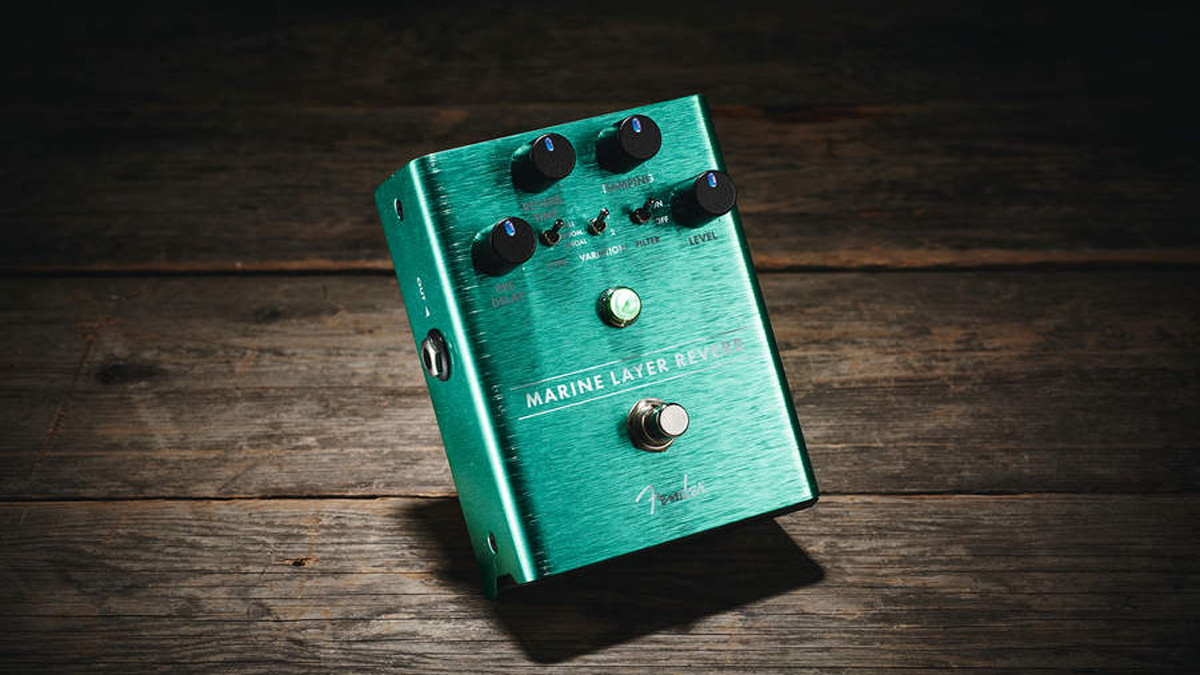MusicRadar Verdict
A competent reverb that may have missed a trick by not offering more varied options.
Pros
- +
Some neat features...
Cons
- -
...but some omissions.
MusicRadar's got your back
Unless it’s specifically a spring emulation, the modern reverb pedal has to feature several reverbs to compete and that’s the pattern that the Marine Layer follows with six reverb types - three algorithms (Hall, Room and Special) with two variations of each (1 and 2).
There are knobs for Pre-Delay, Reverb Time and Level plus a Damping knob that attenuates the high frequencies alongside a Filter switch that can be used in conjunction with it.
The two Hall variations offer the largest reverbs while there are also two rooms, one representing a standard-sized space, the other something more tightly defined. The Special settings offer more modern treatments.
One is a shimmer reverb with octave shifting, the other features modulated reverb, both giving the impression of a shifting cushion of ambience. It’s all good but we’d rather have a spring and plate simulation in place of the extra room and hall.
Want all the hottest music and gear news, reviews, deals, features and more, direct to your inbox? Sign up here.
Guitarist is the longest established UK guitar magazine, offering gear reviews, artist interviews, techniques lessons and loads more, in print, on tablet and on smartphones
Digital: http://bit.ly/GuitaristiOS
If you love guitars, you'll love Guitarist. Find us in print, on Newsstand for iPad, iPhone and other digital readers

